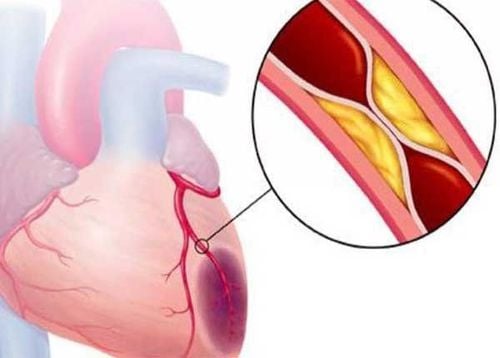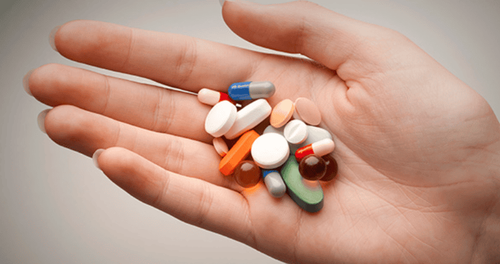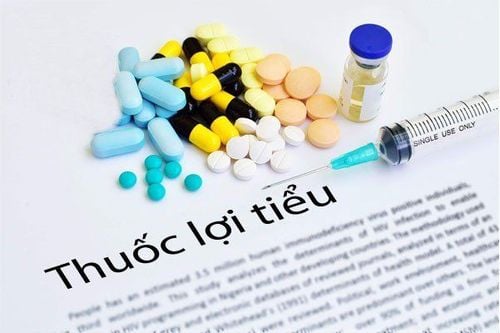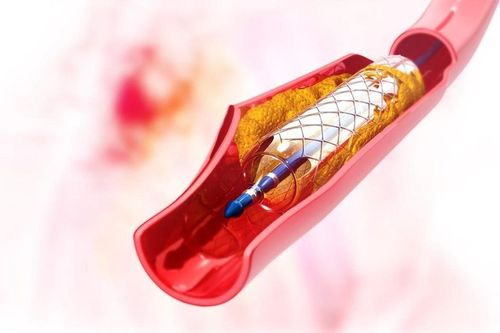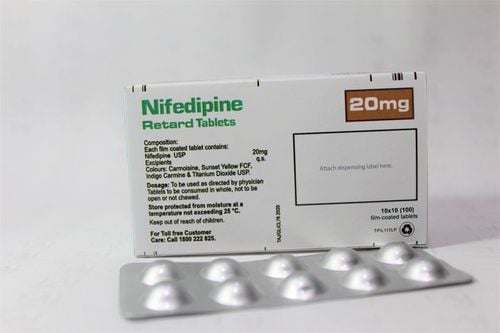This is an automatically translated article.
The article is professionally consulted by Master, Doctor La Thi Thuy - Cardiovascular Center, Vinmec Central Park International General Hospital.Coronary heart disease is one of the leading causes of death in many countries around the world, including Vietnam. According to cardiologist La Thi Thuy at Vinmec Central Park Hospital, coronary heart disease, if not detected and treated promptly, can lead to extremely dangerous cardiovascular complications.
1. What is coronary heart disease?
Coronary artery disease is a condition that occurs when one or more branches of the coronary arteries are narrowed or blocked due to the formation of plaque buildup inside. The arteries in our bodies, which are normally soft and elastic, become narrower and stiffer due to the appearance of plaques, such as cholesterol and other substances on the walls of blood vessels, over time, known as arteriosclerosis. atherosclerosis.
As coronary heart disease progresses, blood flow through the arteries becomes more difficult. As a result, the heart muscle cannot receive the necessary amount of blood and oxygen, leading to angina or a heart attack. Most heart attacks happen when a blood clot suddenly travels to a narrow part of a blood vessel, blocking the artery and cutting off blood supply to the heart, causing permanent heart damage.
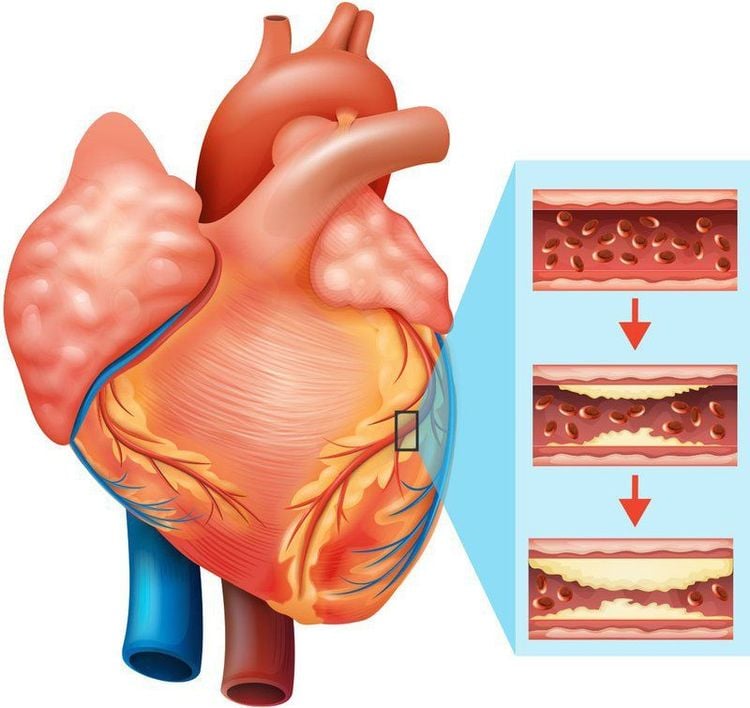
Bệnh mạch vành gây ra do sự tích tụ mảng bám trong lòng động mạch.
2. Manifestations of coronary heart disease
The most common coronary heart disease symptom is angina or pain in the heart area. This condition can be described with the following signs
Heaviness in the chest area; Feeling of cardiac compression; Chest pain; Burning; Chest numbness; Full stomach; Feeling of the heart being squeezed; Dull chest pain. Symptoms of coronary heart disease are usually milder in women than in men. In typical chest pain may be accompanied by nausea, sweating, fatigue and shortness of breath. Other possible signs of coronary artery disease include: Palpitations; shortness of breath; fast heart beat; fatigue, dizziness; vomiting and nausea; profuse sweating,...
Patient may experience other symptoms not mentioned above. If you have any questions about the symptoms and signs of coronary heart disease, please consult the specialist doctors at Vinmec.
3. Causes of coronary heart disease
Over the course of our lives, many risk factors have been identified that increase the risk of atherosclerosis, which causes coronary artery disease. Current studies clearly show that there are 2 types of risk factors for coronary artery disease as follows:
3.1. Risk factors that cannot be changed Age (men over 50 and women over 55): The older you are, the greater your risk of coronary heart disease; Gender: Generally, men are at higher risk than women for cardiovascular diseases. However, postmenopausal women have a higher risk of coronary artery disease; Family history: The risk of coronary heart disease is higher for people whose parents, grandparents or siblings have cardiovascular events under the age of 55 for men and under 65 for women; Related diseases: Coronary artery disease easily occurs in patients with concomitant diseases such as high blood pressure, diabetes, dyslipidemia, obesity,... 3.2. Modifiable risk factors

Lối sống không lành mạnh là nguyên nhân chính của bệnh mạch vành.
Sedentary, sedentary lifestyle: People who often sit in one place, do not exercise regularly, move less, will have a higher risk of cardiovascular diseases and related diseases; Smoking: Smoking habit increases the risk of not only cardiovascular diseases but also other dangerous diseases such as lung cancer, oropharyngeal cancer,...; Alcoholism: Drinking too much alcohol is also an important cause of myocardial ischemia and angina pectoris.
4. Methods of treatment of coronary heart disease
4.1. Lifestyle changes Changing bad habits and building an appropriate lifestyle helps prevent and slow the progression of coronary heart disease.Stop smoking and avoid secondhand smoke; Say no to alcohol; Eat a healthy diet: Avoid fast, processed, fatty foods and follow a low-salt and low-sugar diet with heart-healthy "golden foods," including whole grains, green vegetables, fruits, legumes, nuts,...; Exercise regularly: However, especially for cardiovascular diseases, patients should discuss with their doctor to choose the right form of exercise and intensity for their own health status; Good control of comorbidities: Patients need regular check-ups to detect and promptly treat diseases related to coronary heart disease, such as diabetes, obesity, overweight, dyslipidemia, high blood pressure,... Build a positive, serene, happy lifestyle, avoid excessive stress, implement a reasonable lifestyle, work in moderation, and manage time effectively. 4.2. Drug therapy In cases where it is found that lifestyle changes are not enough to treat coronary artery disease, the doctor will prescribe appropriate drugs based on patient prognosis
4.3. Modern medical methods Stent surgery and other procedures: Common procedures in the treatment of coronary artery disease, such as balloon angioplasty, stenting surgery, bypass surgery coronary artery. All of these procedures are very important, helping to improve and increase blood supply to the heart, but do not completely cure coronary heart disease. Patients themselves still need to make lifestyle changes to minimize the risk of coronary heart disease.
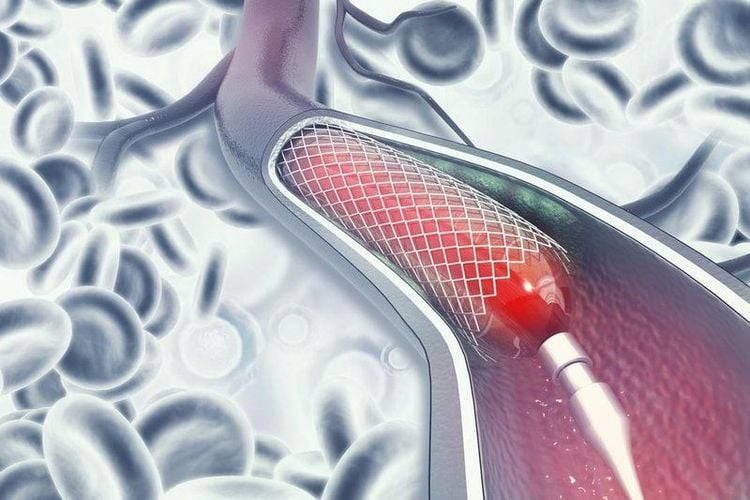
Nong và đặt stent động mạch vành.
Using angiogenic substances: This method applies the properties related to stem cells and materials. other genetics. Angioplasty is given intravenously or directly into damaged heart tissue; Enhanced Peripheral Contraindication: If you have had coronary heart disease for a long time and your angina becomes chronic, but nitrates are not effective or the patient is not eligible for progress. perform the procedure, the doctor will most likely apply this method. This is a method of using a ring in the leg to inflate and deflate, to increase blood supply to the coronary arteries.
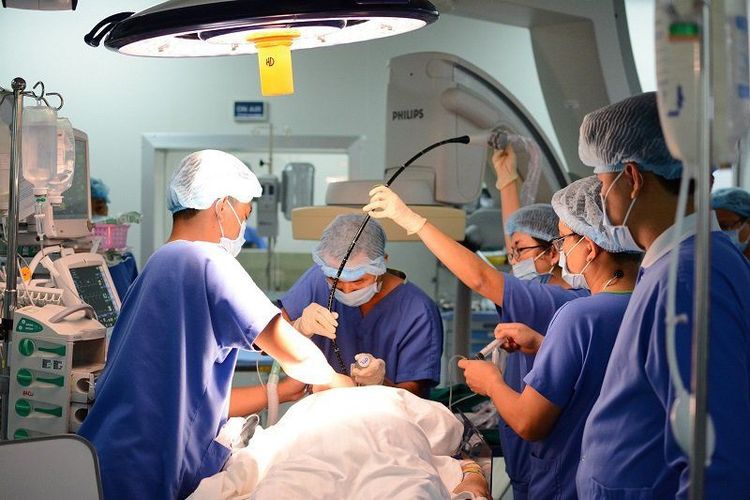
Trung tâm tim mạch tại bệnh viện Đa khoa quốc tế Vinmec.
Together with Vinmec protect you and your family against the risk of cardiovascular complications.
Please dial HOTLINE for more information or register for an appointment HERE. Download MyVinmec app to make appointments faster and to manage your bookings easily.




